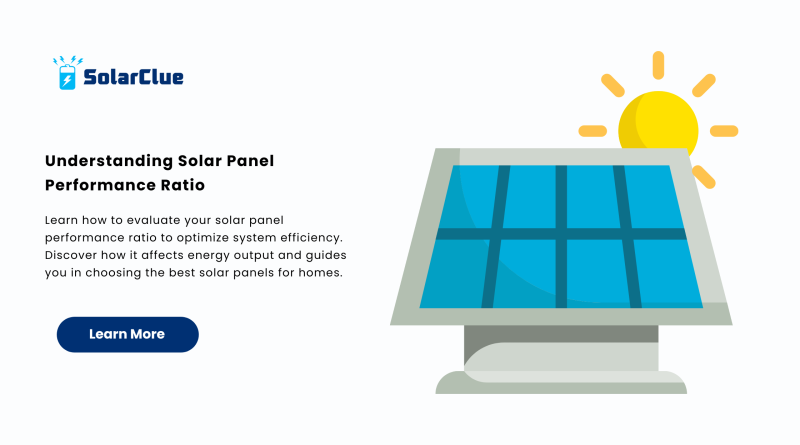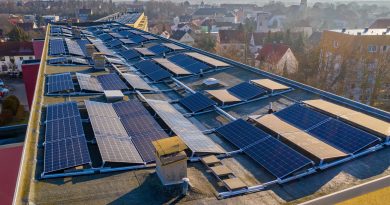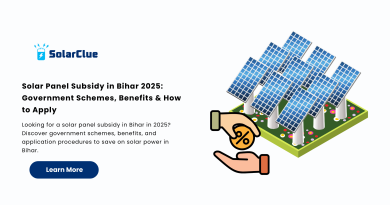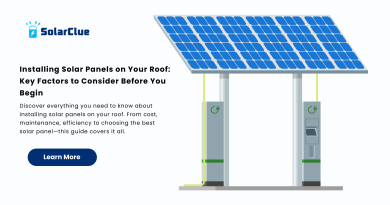Understanding Solar Panel Performance Ratio
If you’ve installed or are planning to install a solar power system, you’ve likely heard terms like efficiency, degradation, and output. But one of the most important yet lesser-known metrics is the solar panel performance ratio. This ratio plays a crucial role in evaluating how effectively your solar setup is converting sunlight into usable electricity. In this blog, we’ll break down what performance ratio means, why it matters, how it’s calculated, and what it tells you about your solar panels for homes. Whether you’re just exploring solar energy or aiming to improve system performance, understanding this metric can make all the difference.
Table of Contents
- 1 What is Solar Panel Performance Ratio?
- 2 Why is Performance Ratio Important?
- 3 How is Solar Panel Performance Ratio Calculated?
- 4 Factors That Affect Solar Panel Performance Ratio
- 5 Improving the Performance Ratio of Your Solar System
- 6 How PR Helps You Choose the Best Solar Panels
- 7 Performance Ratio vs. Efficiency: What’s the Difference?
- 8 Monitoring Performance Ratio in Real-Time
- 9 FAQs
What is Solar Panel Performance Ratio?
The solar panel performance ratio (PR) is a key indicator of how efficiently a solar power system is operating in real-world conditions. It is expressed as a percentage and shows the ratio between the actual energy output and the theoretical energy output of the system under ideal conditions.
In simpler terms, it tells you how well your solar panels are performing after accounting for losses due to temperature, dust, wiring, shading, and inverter inefficiency.
For example, if your system’s PR is 85%, it means that 85% of the available solar energy is successfully being converted into usable electricity.
Why is Performance Ratio Important?
Many people judge solar performance solely on capacity (like a 5kW system), but that doesn’t tell the full story. The PR goes deeper, giving insights into how environmental and technical factors affect energy output.
Here’s why it’s important:
-
It helps you measure system health over time
-
It allows comparison between different systems regardless of size
-
It identifies energy losses and areas for improvement
-
It influences your return on investment
Knowing your PR empowers you to make better decisions regarding maintenance, upgrades, and system design.
How is Solar Panel Performance Ratio Calculated?
The formula for calculating the performance ratio of a solar power system is:
Performance Ratio (%) = (Actual Energy Output / Theoretical Energy Output) × 100
Where:
-
Actual Energy Output is the measured electricity generated (in kWh)
-
Theoretical Energy Output is based on solar irradiance and panel specifications
Example:
Suppose your 5kW system received 5 hours of full sun per day and generated 20 kWh in a day. If the ideal output should have been 25 kWh, then:
PR = (20 / 25) × 100 = 80%
A PR between 75% to 90% is generally considered good for residential solar panels for homes in India.
Factors That Affect Solar Panel Performance Ratio
Understanding the factors that impact PR helps in maintaining and enhancing your system’s efficiency.
1. Temperature Losses
High temperatures reduce panel efficiency. Even the best solar panels experience performance dips in extreme heat.
2. Dirt and Dust
Accumulated dirt on panels can block sunlight, reducing PR. Cleaning panels regularly helps maintain output.
3. Shading
Even partial shading on one panel can lower the performance of the entire array.
4. Inverter Efficiency
Inverters convert DC power to AC. Low-quality inverters result in higher energy loss.
5. Wiring and Connection Losses
Long or poorly installed wiring can cause voltage drops and energy loss.
6. Panel Degradation
Over time, all solar panels degrade. This natural wear affects output and hence PR.
Improving the Performance Ratio of Your Solar System

Optimizing your system can lead to better performance and higher savings. Here’s how to improve the solar panel performance ratio:
-
Use best solar panels for homes that are certified and efficient
-
Install panels with optimal tilt and orientation
-
Keep your panels clean and inspect them regularly
-
Choose a high-efficiency inverter
-
Ensure professional installation to minimize wiring losses
-
Use monitoring systems to track output and spot issues early
How PR Helps You Choose the Best Solar Panels
Not all solar panels are created equal. Some panels have higher PRs due to better manufacturing standards and materials.
When comparing best solar panels, don’t just look at wattage. Check their PR ratings, especially in real-world tests. Higher PR panels may cost more initially but deliver greater long-term returns through higher energy generation.
Performance Ratio vs. Efficiency: What’s the Difference?
People often confuse performance ratio with efficiency. Here’s a quick breakdown:
-
Efficiency is a panel’s ability to convert sunlight into electricity under ideal lab conditions
-
Performance Ratio reflects how the entire solar power system performs in real-world conditions
Efficiency helps choose panels. PR helps evaluate system health. Both are important, but PR gives a more practical picture of how well your solar panels for homes are working daily.
Monitoring Performance Ratio in Real-Time
Many solar inverters and smart monitoring apps now provide real-time data, including PR. These tools help you:
-
Track daily, monthly, and annual performance
-
Detect underperformance early
-
Optimize energy usage patterns
Regular monitoring ensures that your solar power investment continues to deliver maximum value.
FAQs
Q1. What is a good performance ratio for solar panels?
Answer: A PR between 75%–90% is considered good for residential systems in India.
Q2. Can performance ratio drop over time?
Answer: Yes, due to degradation, dirt accumulation, and aging components. Regular maintenance can slow this decline.
Q3. Does PR vary across different locations?
Answer: Yes. Climatic conditions, temperature, and sunlight availability all affect PR.
Q4. Can I calculate PR myself?
Answer: Yes, if you have data on actual energy output and solar irradiance, you can use the PR formula mentioned above.
Q5. Do premium solar panels always have better PR?
Answer: Not always, but best solar panels from reputed brands generally maintain higher PR over time due to better build quality.
Understanding the solar panel performance ratio is essential to make the most of your solar power system. It’s more than just numbers—it’s about knowing that your investment is working for you efficiently, every single day. Whether you’re planning your first installation or optimizing an existing system, evaluating PR gives you control, confidence, and clarity.
If you’re looking to install the best solar panels for homes and want guidance that makes sense, explore more insights at our dedicated solar blog at blog.solarclue.com or discover high-performing panels at solarclue.com. Empower your roof—and your wallet—with the power of the sun.




